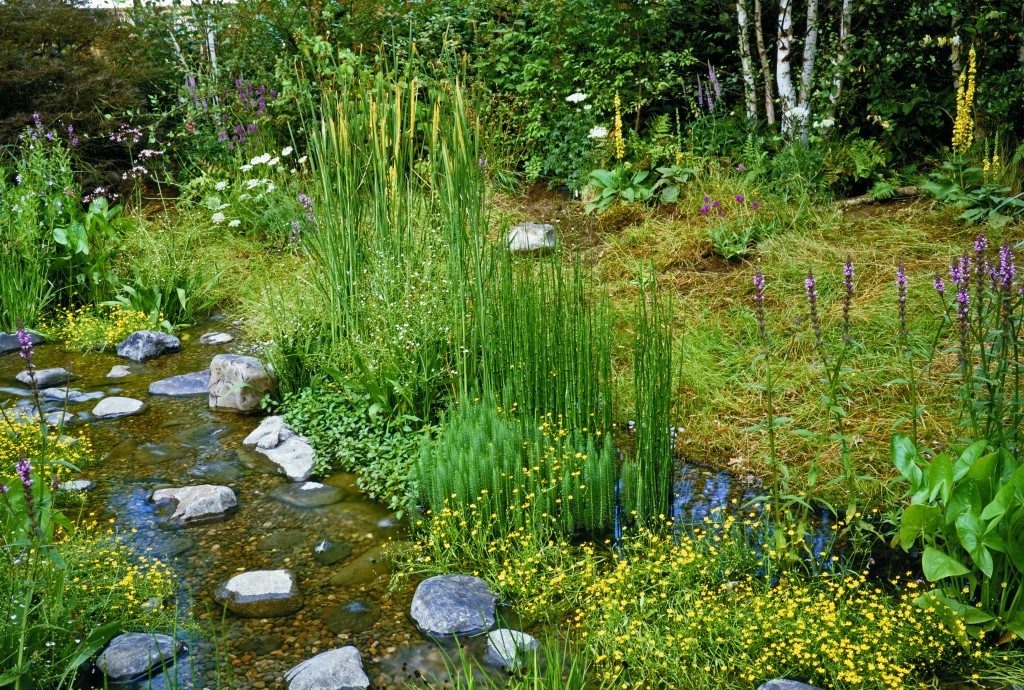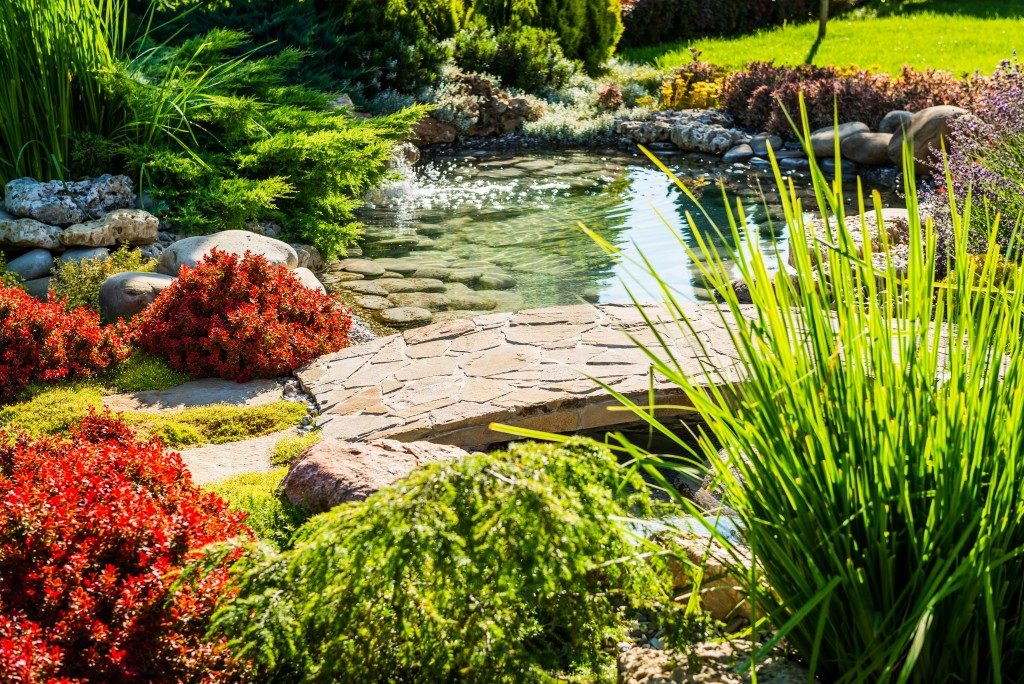People use their backyards for different purposes. Some would use a portion of their backyard for their gardening hobby while others would prefer to build a swimming pool and patio for entertaining guests. Another way people can maximize space in their backyard is to create a Zen garden for meditation.
The origin of Zen gardens goes way back to the early beginnings of Japanese culture, during the reign of Emperor Suiko. Zen Buddhism is often credited to the development and spreading of Zen gardens as monks utilize rocks and sand in gardening due to their simplicity. Monks use Zen gardens to develop deep subconscious tranquility and to reach enlightenment.
Nowadays, the purpose of Zen gardens remains the same – help people meditate and focus. However, from simple rock and sand gardening, various elements are now incorporated into the landscape architecture of modern Zen gardens. Most Zen gardens are built outdoors, but there are also ones that are found in rooftops or are small enough to fit into a room.
Below are the elements of a Zen garden:
Rocks (Ishi)
Rocks in Zen gardens typically symbolize strength and power. Most garden entrances are marked with large stones as a sign of welcome. In other parts of a Zen garden, stone figures are used to form paths. Rocks may also be mixed with water elements or with sand or small pebbles when water is not available.
Water (Mizu)
Water symbolizes cleansing and purification. Water elements are often in the form of ponds, stream, or waterfalls. With meditation is the literal translation of the word “Zen”, water makes the excellent medium to promote meditation and reflection.
Plants (Shokubutsu)
Plants illustrate the passing of seasons. Cherry trees are a popular choice for their delicate, pink flowers that bloom during springtime. Plum, pine, and bamboo trees are also usually found in many Zen gardens. For smaller Zen gardens, succulents make a great addition.
Ornaments (Tenkeibutsu)
Ornaments are also an essential part of Zen gardens. Lanterns are typically used to symbolize enlightenment. Other garden ornaments that may be used include basins, gates, statues of Buddha and other deities.
Borrowed Scenery (Shakkei)
 Most public Zen gardens are usually found near pre-existing scenery, like hills or valleys. Incorporating a background landscape into the composition of the garden supports interconnectedness of all existence and enhances the beauty of the garden.
Most public Zen gardens are usually found near pre-existing scenery, like hills or valleys. Incorporating a background landscape into the composition of the garden supports interconnectedness of all existence and enhances the beauty of the garden.
Bridges (Hashi)
Bridges symbolize a person’s movement from the mortal world into the afterlife, cleansing one’s worldly burdens along the journey. An arched red bridge or “guzei” is found in many Zen gardens. Red represents wisdom and transformation in Japanese culture, encouraging an individual to reject their attachment to physical things as they cross the bridge.
Zen gardens provide many benefits, encompassing a person’s physical, mental, and spiritual health and wellness. They offer a place where people can escape from the stress of their busy lives so they can meditate and relax. In a Zen garden, people can clear their minds, enhance focus and concentration, and improve creativity and problem-solving skills. Lastly, Zen gardens also contribute to a property’s charm and appeal.

